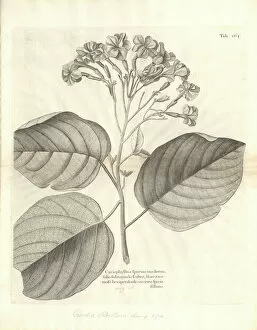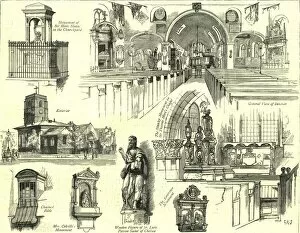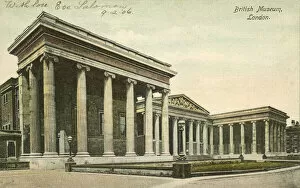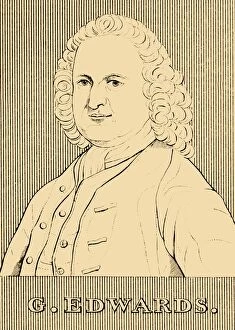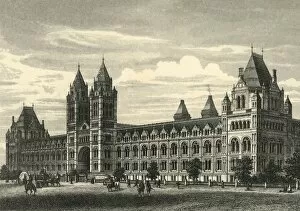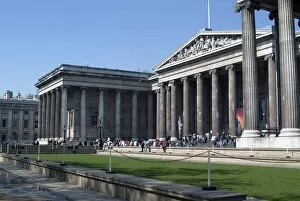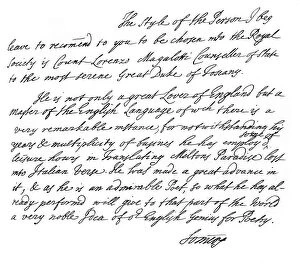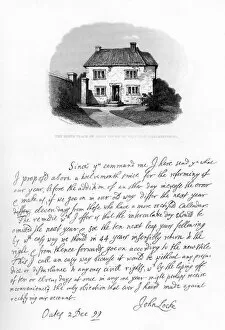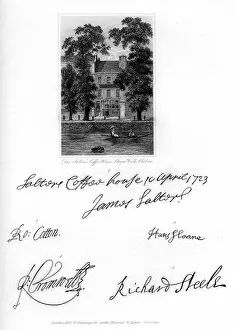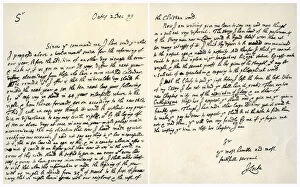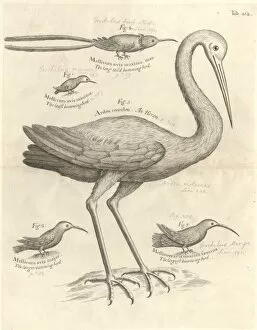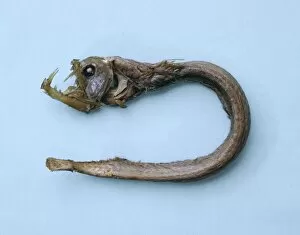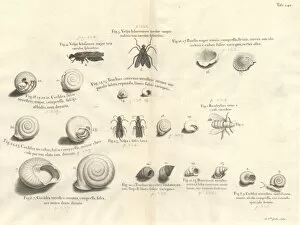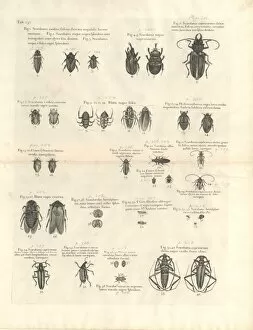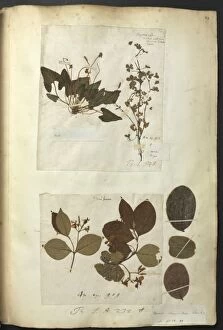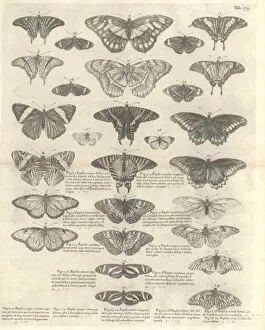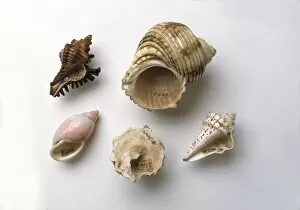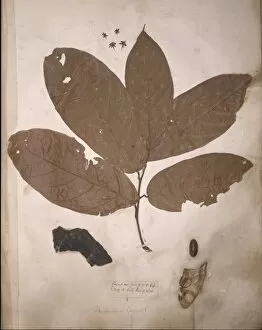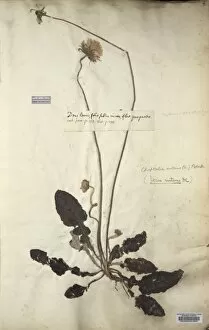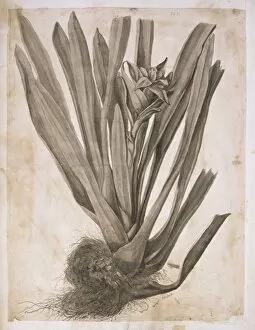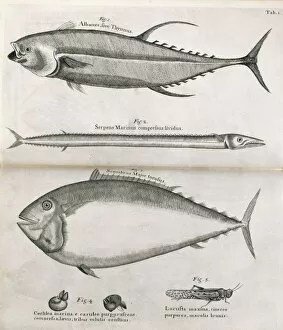Sir Hans Sloane Collection
Sir Hans Sloane was a renowned figure in the field of natural history and medicine during the 17th and 18th centuries
For sale as Licensed Images
Choose your image, Select your licence and Download the media
Sir Hans Sloane was a renowned figure in the field of natural history and medicine during the 17th and 18th centuries. Born in 1660, he made significant contributions to botany, particularly with his study of Cordia sebestena, also known as the Geiger tree. This vibrant plant caught his attention due to its striking orange flowers. In addition to his botanical pursuits, Sir Hans Sloane had a deep connection with Old Chelsea Church. The church underwent restoration in 1886, preserving its historical significance for future generations. An unknown artist captured this momentous occasion through an engraving that showcases the beauty of the restored church. Sloane's impact extended beyond his scientific endeavors; he left an indelible mark on society as well. His portrait by Kneller serves as a testament to his influence and accomplishments. A lithograph based on this painting further immortalizes him for posterity. The British Museum owes much of its origin and growth to Sir Hans Sloane's generosity and foresight. An engraving depicting this pivotal moment highlights how Sloane's vast collection became the foundation for one of the world's most prominent cultural institutions. Even after his passing in 1753, Sir Hans Sloane continued to be remembered and honored. A monument erected at Chelsea Church-yard stands as a tribute to this remarkable individual who forever shaped our understanding of science and culture. Today, visitors can explore both Sir Hans Sloanes tomb within Chelsea Churchyard through a colorful lithograph capturing Chelsea with part of the Old Church where he rests eternally. While many engravings depict Sir Hans Sloane himself or scenes related to him, such as G. Edwards' portrayal from 1830, they all serve as reminders of his immense legacy that continues to inspire scientists and historians alike. Finally, a color photograph showcasing The British Museum reminds us that without Sir Hans Sloanes vision and dedication towards collecting artifacts, this iconic institution would not exist in its current form.

